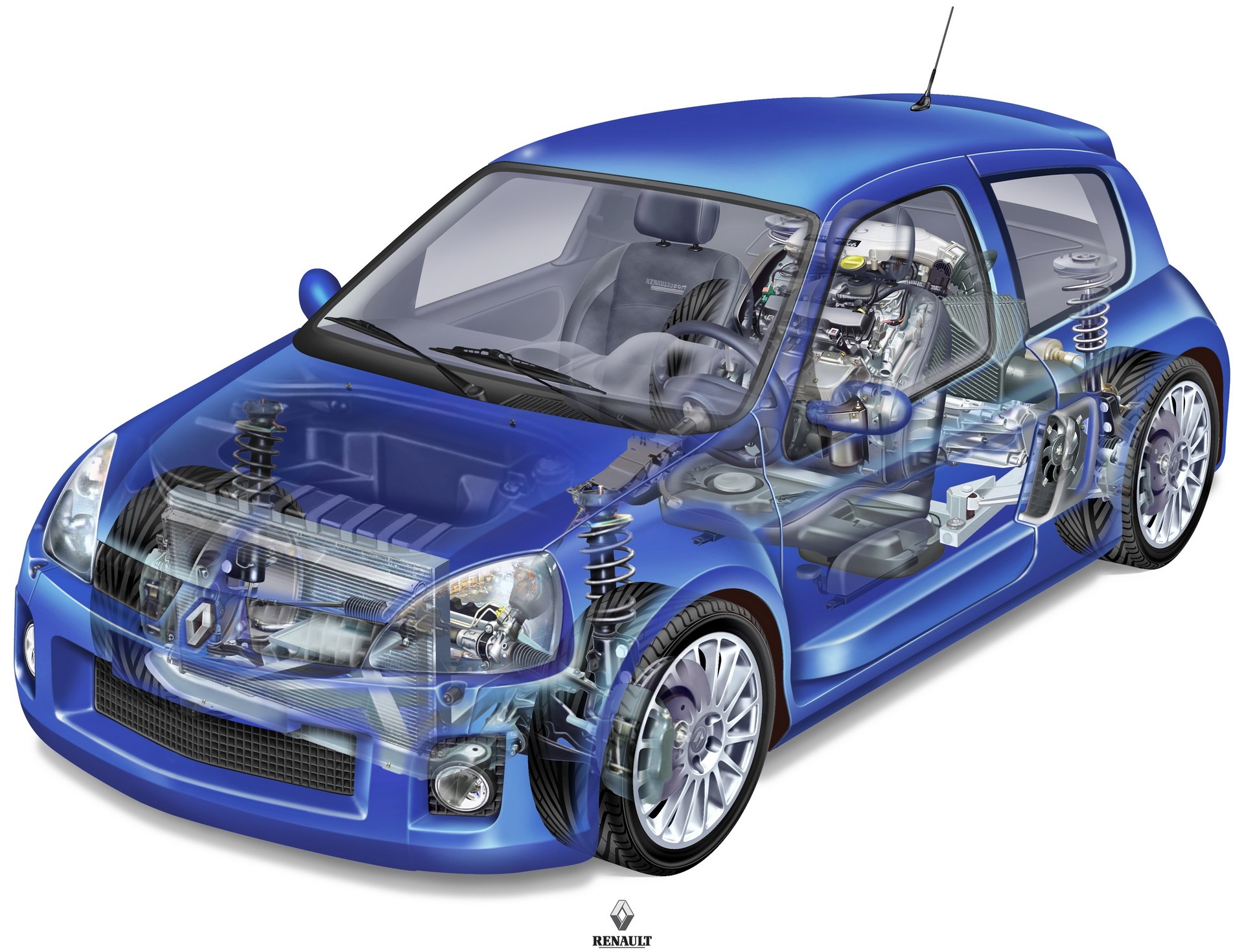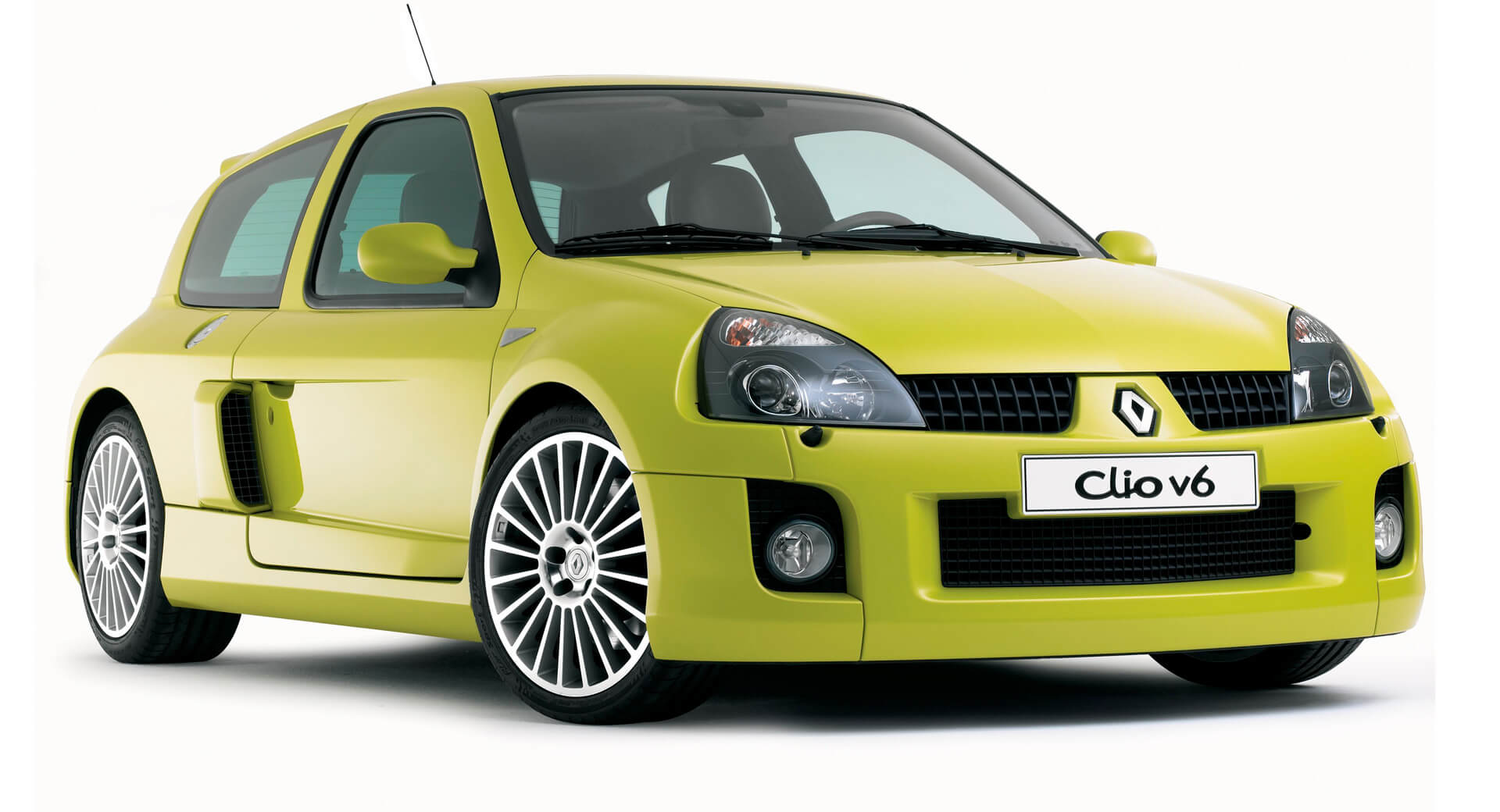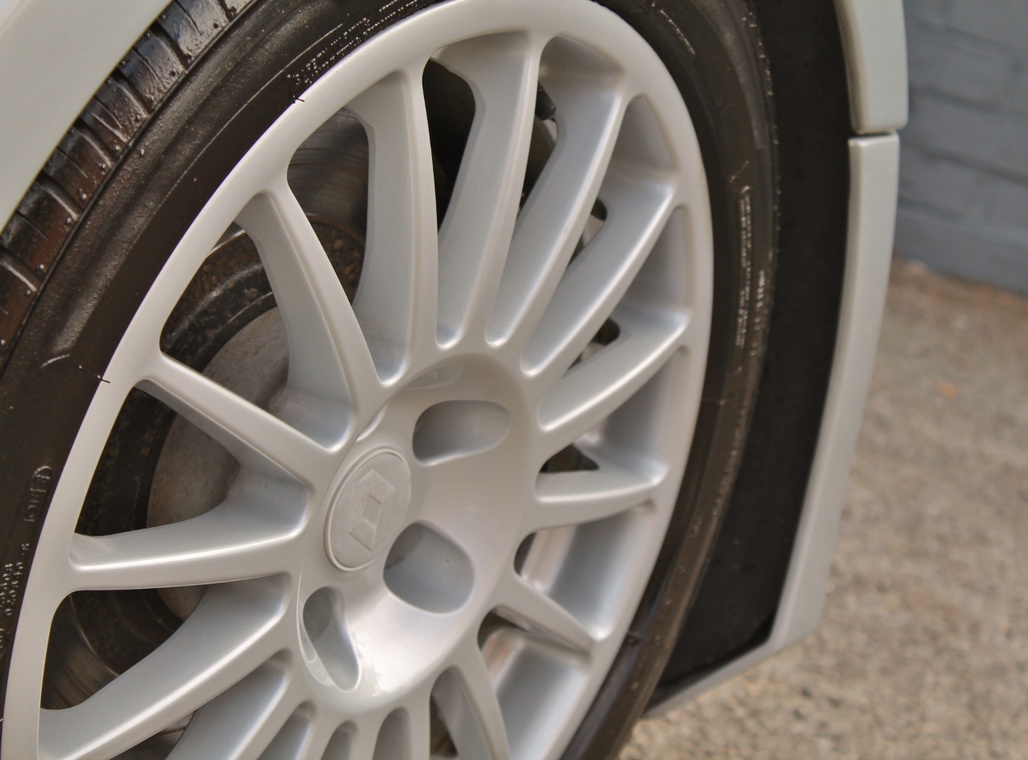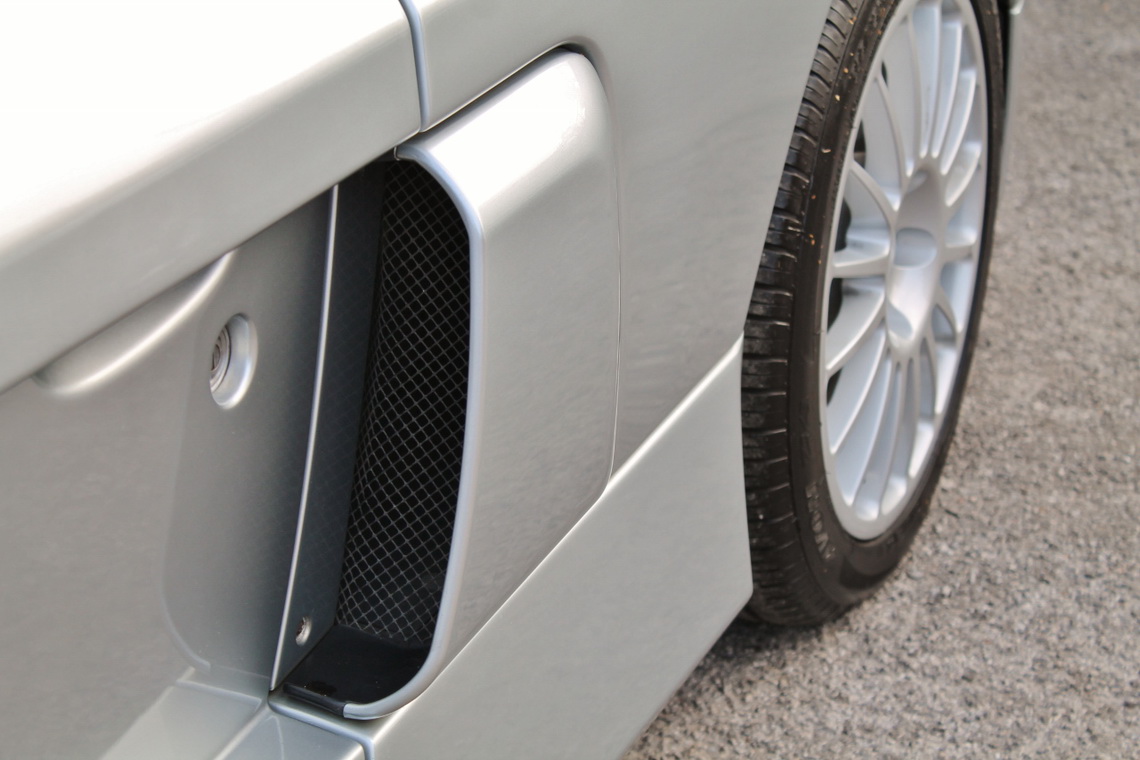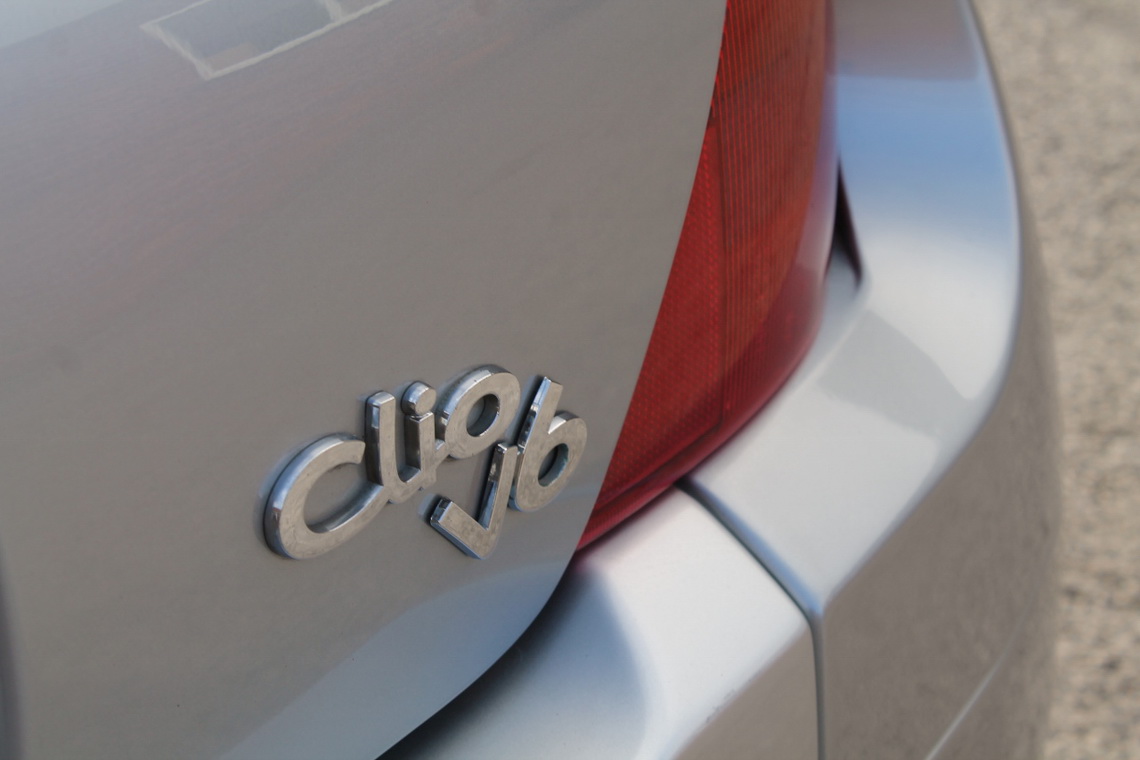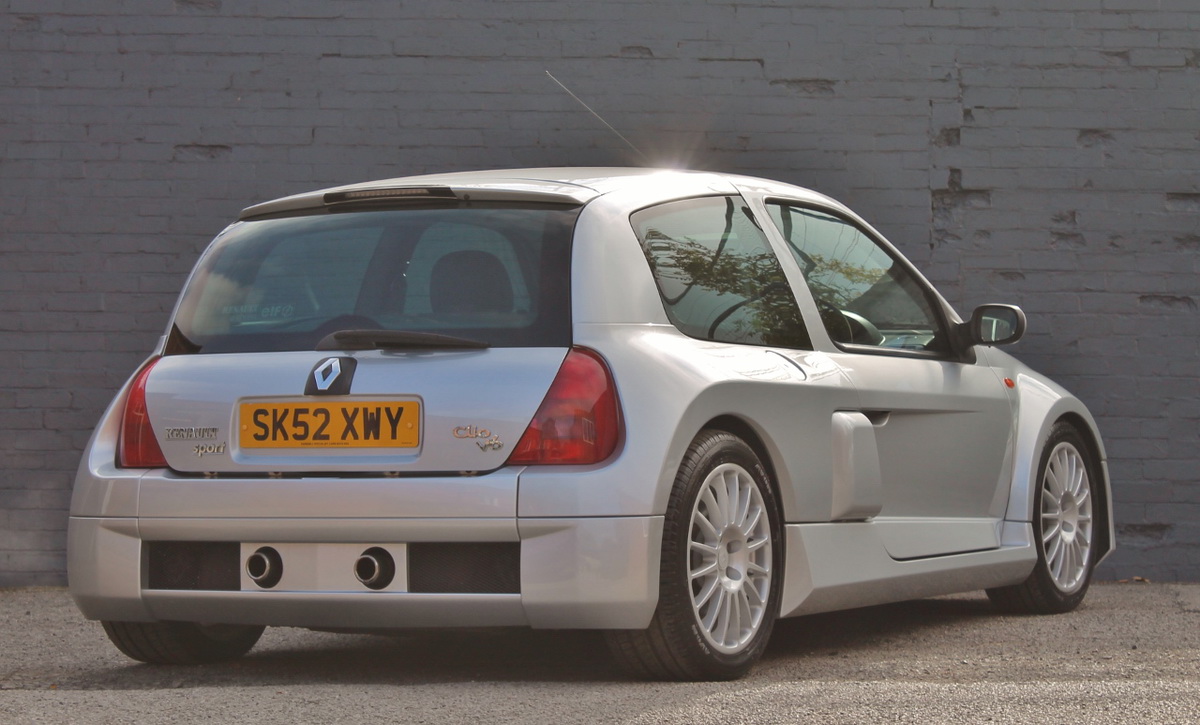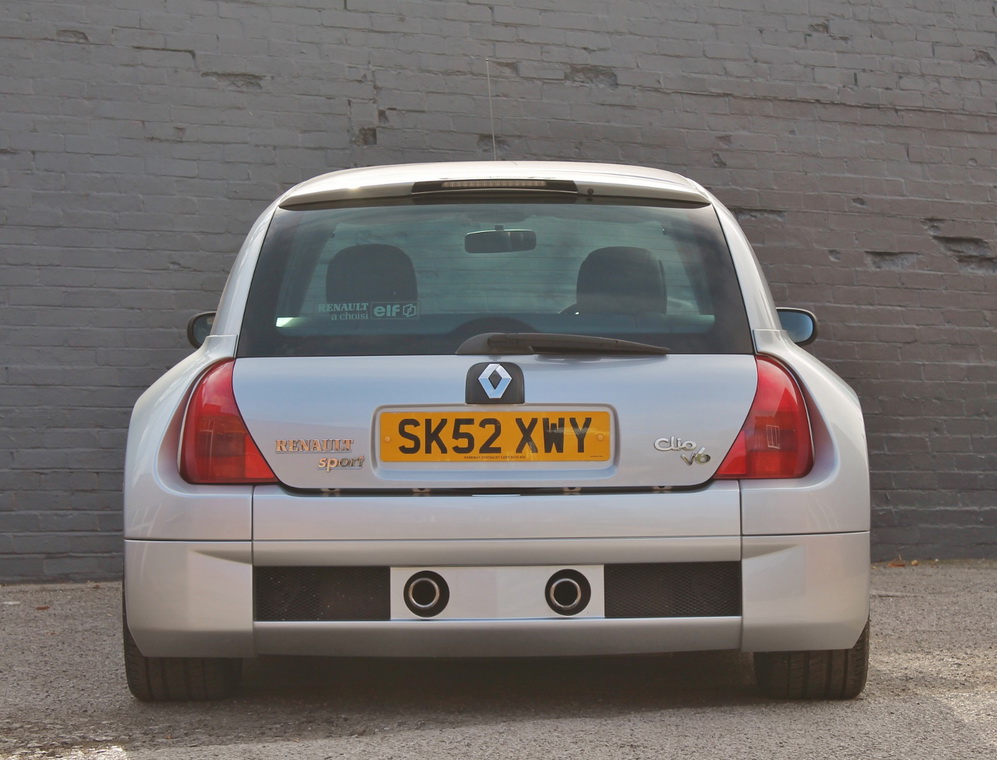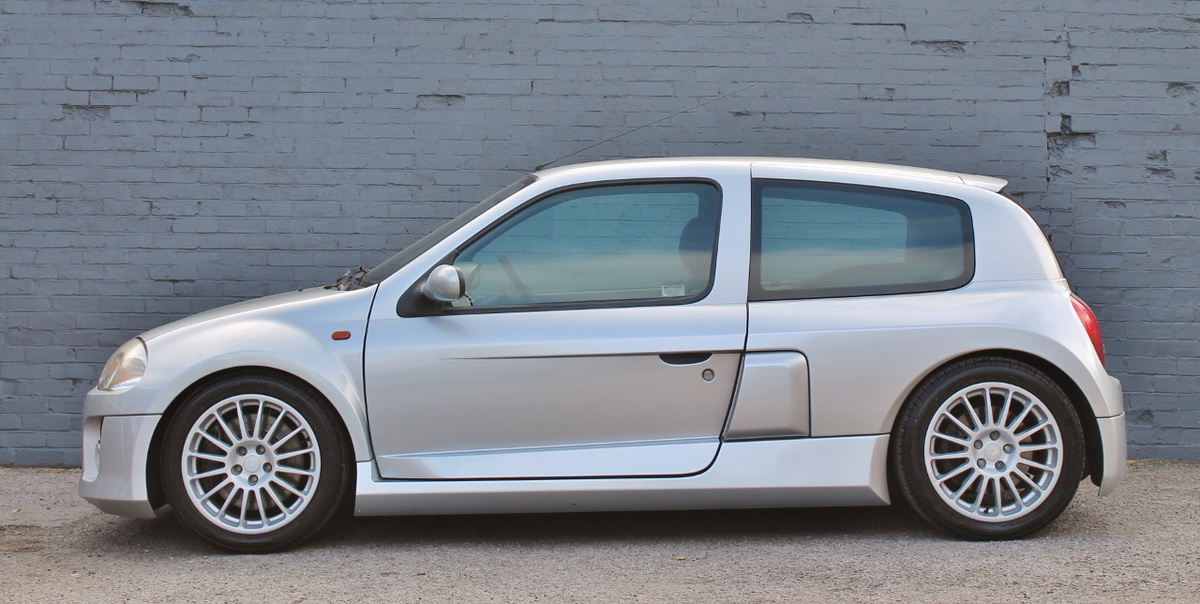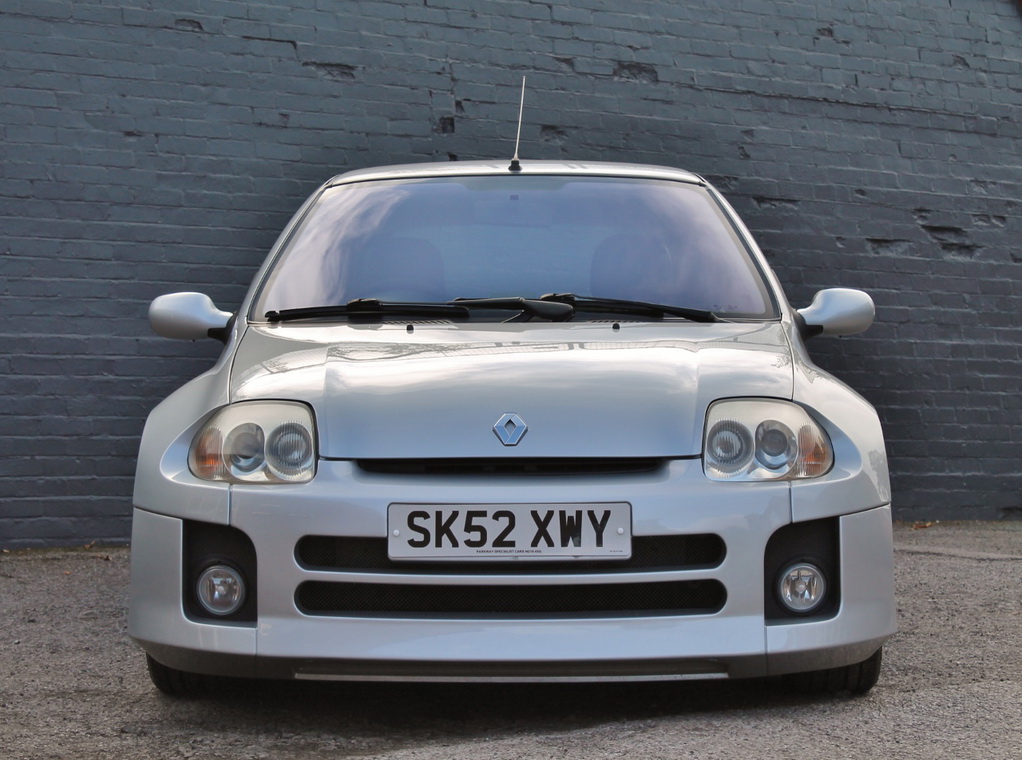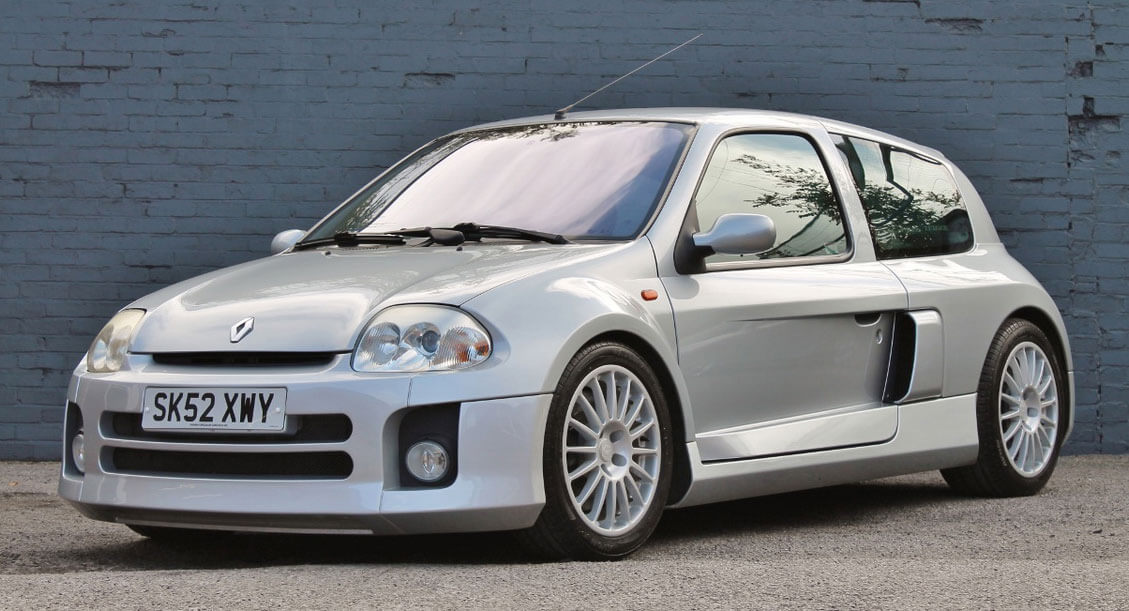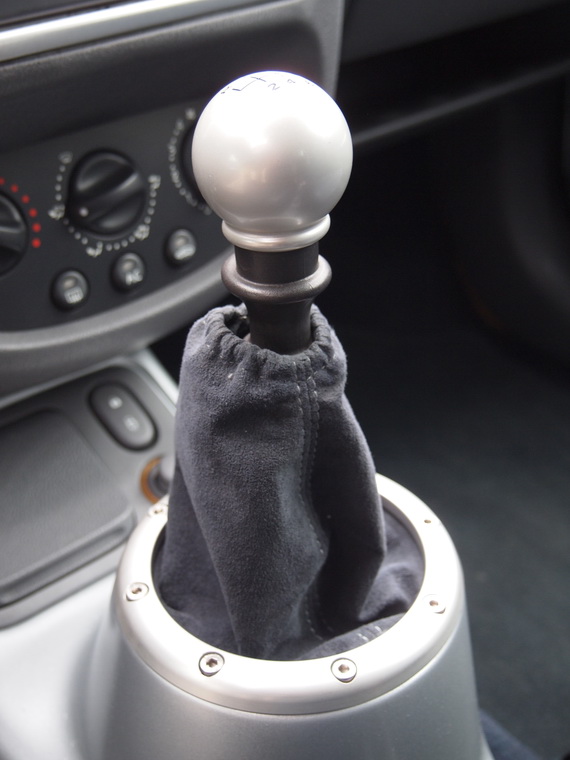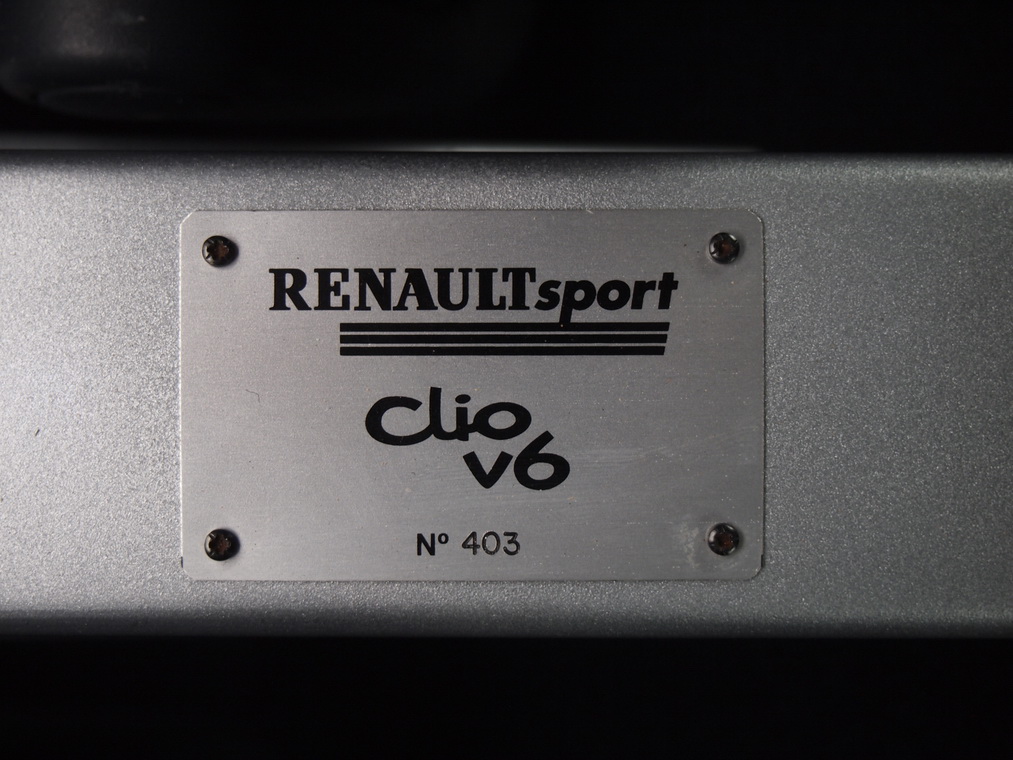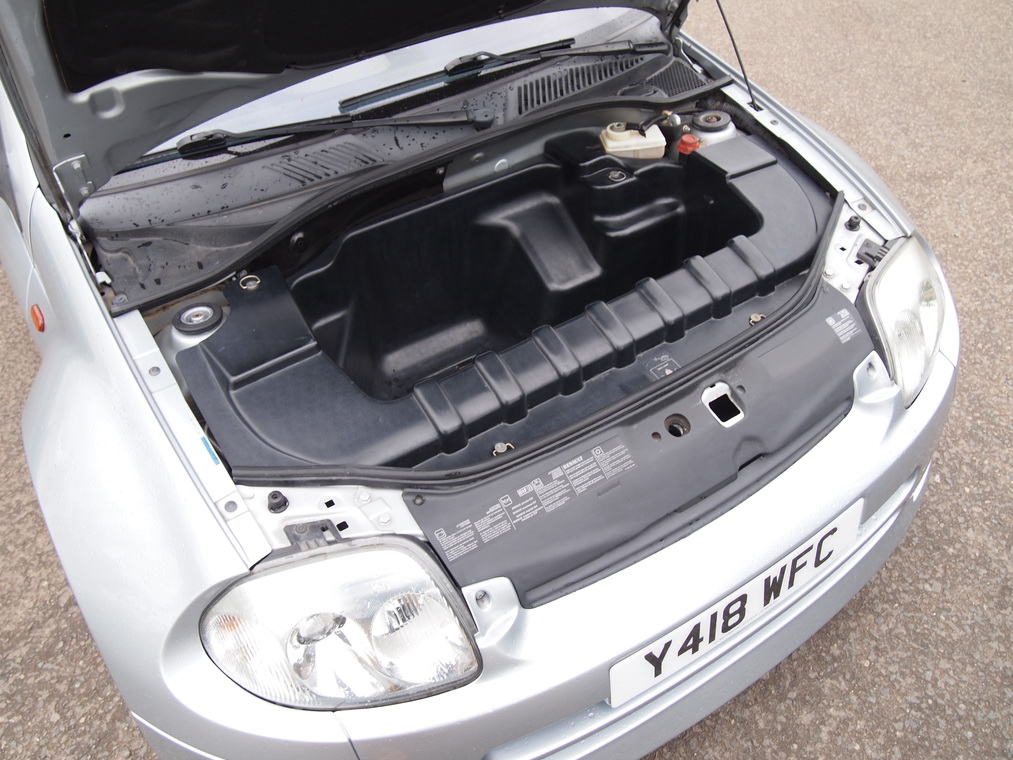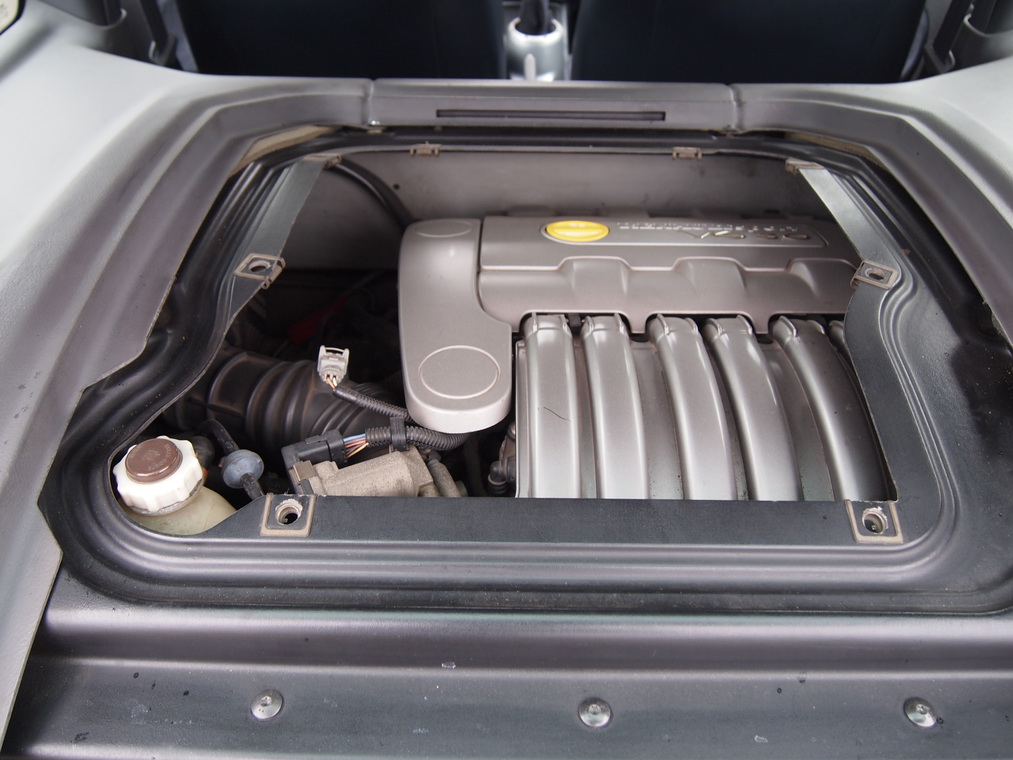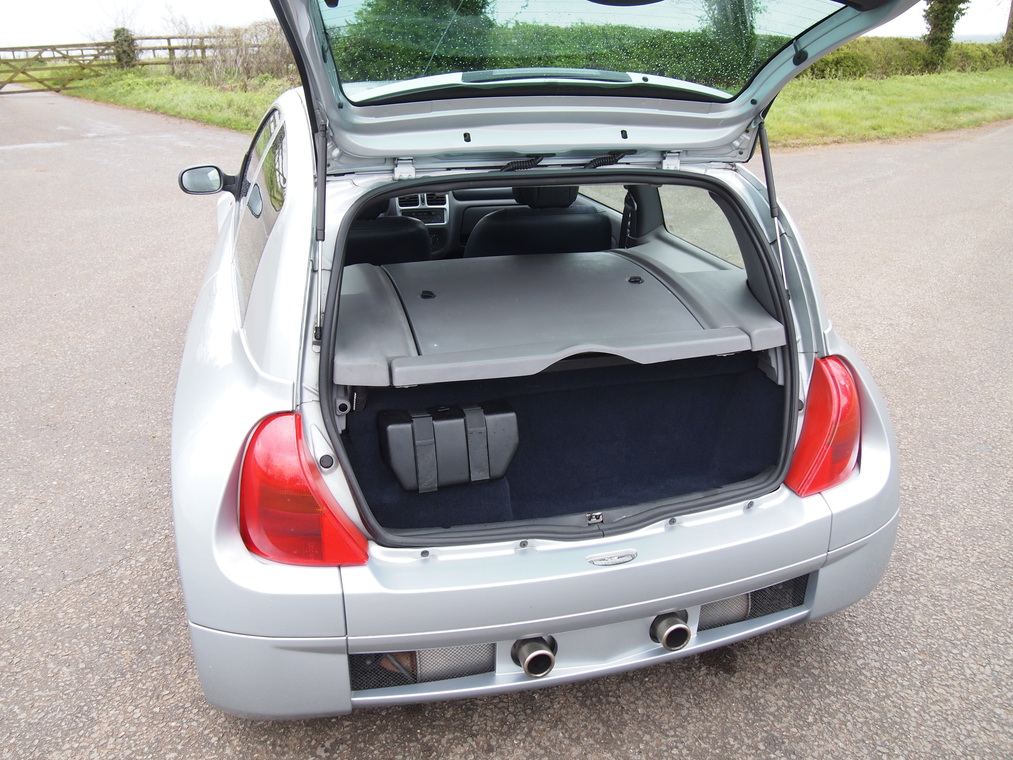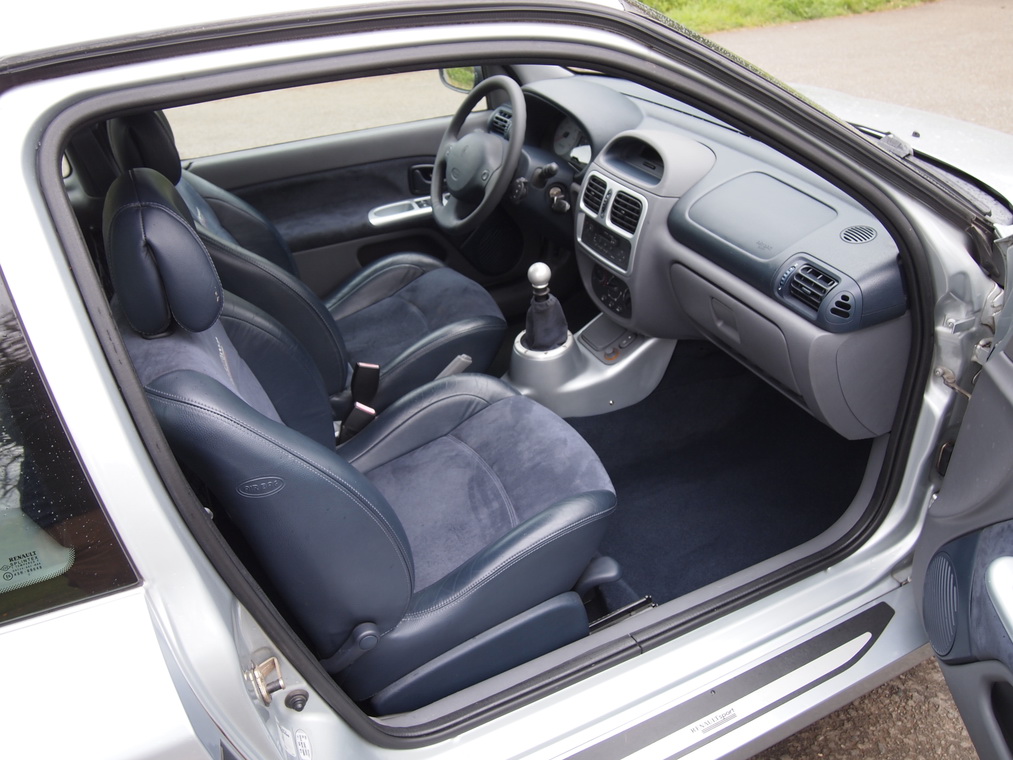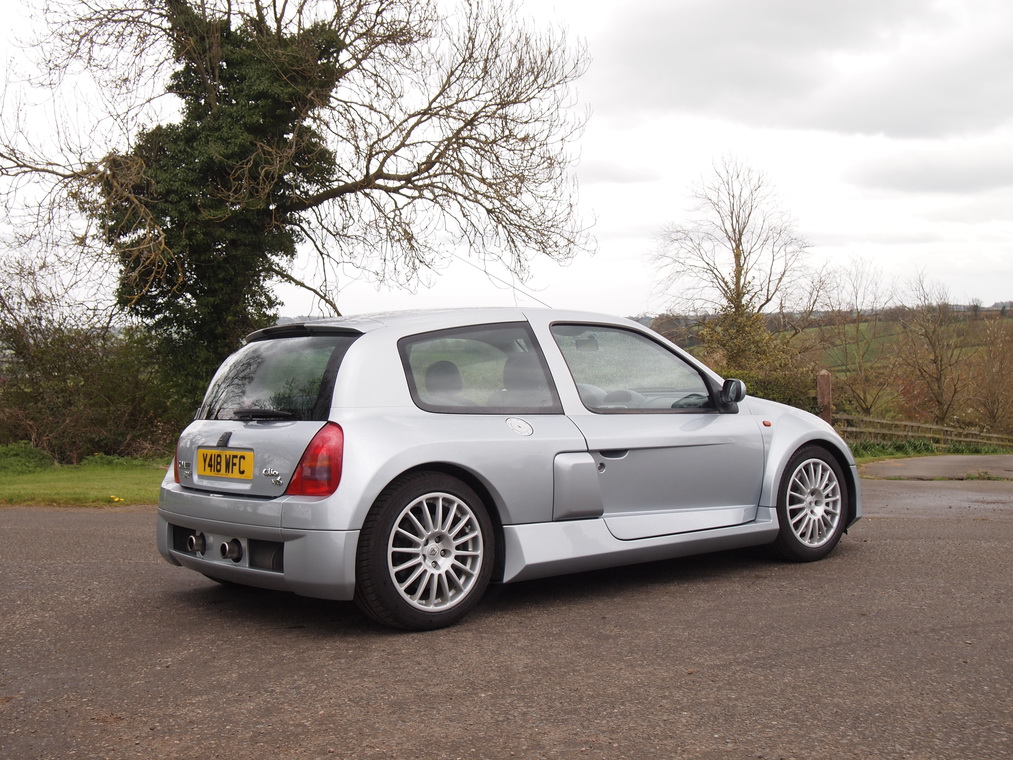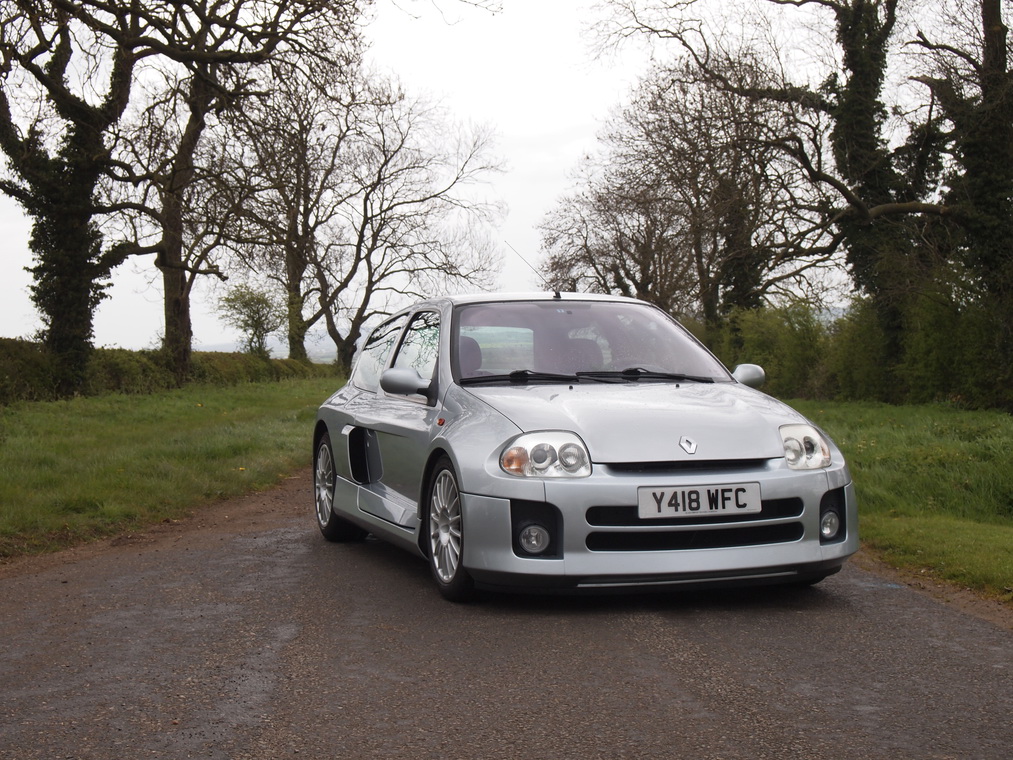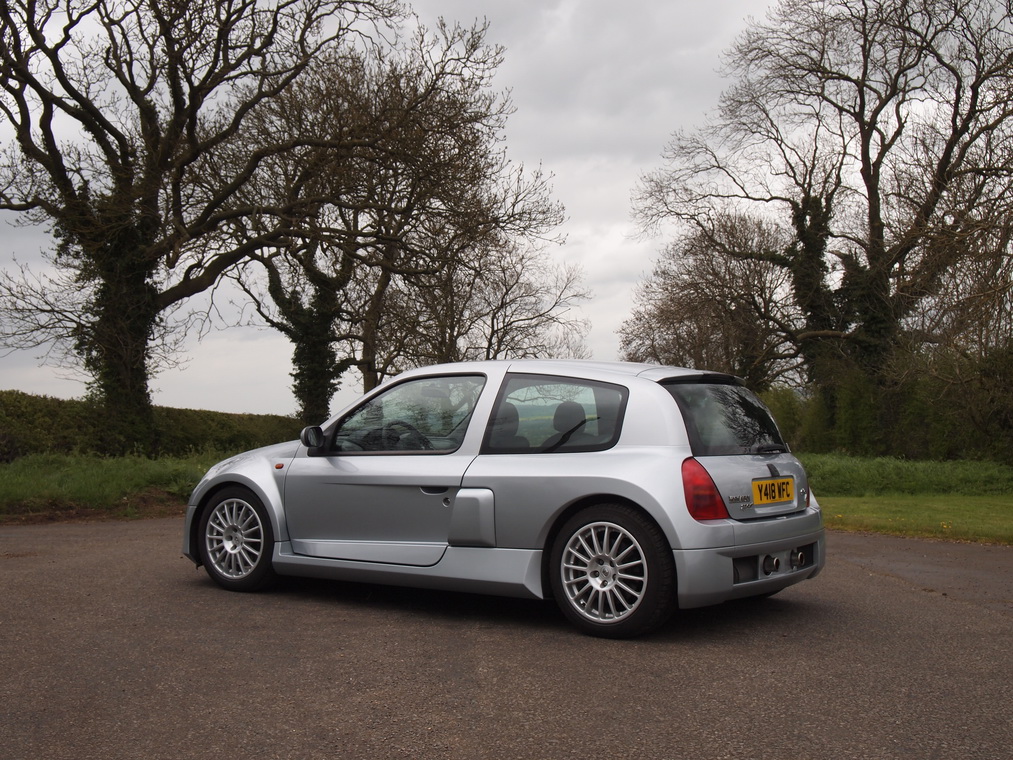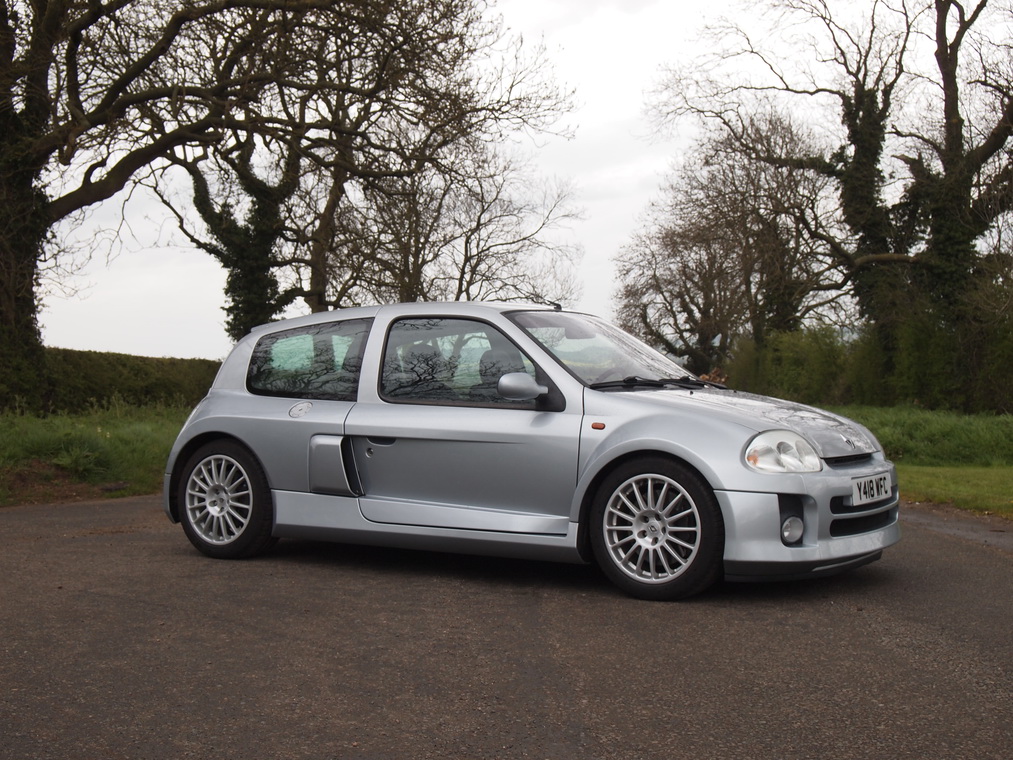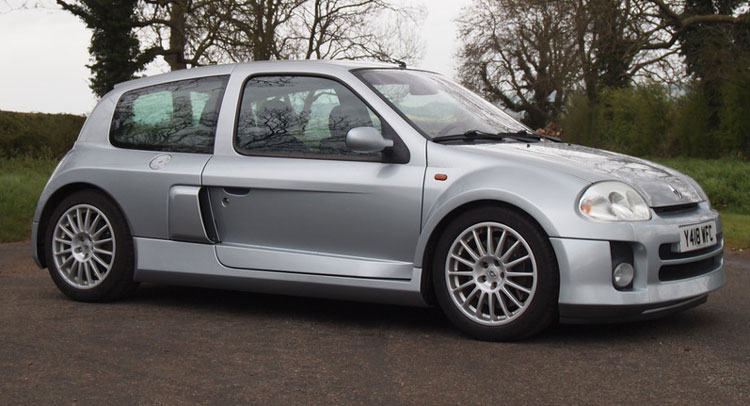On paper the Renault Clio V6 sounds like a dream recipe. A hot hatch that’s rear-wheel drive and powered by a yowly naturally-aspirated 252 hp V6, it’s a supermini that thinks it’s a 911.
And even now, two decades after it was introduced, it still looks sensational with its humungously wide rear track and supercar-like side air intakes. No wonder they change hands for upwards of £45,000 ($62,000).
But the first generation cars built between 1999 and 2003 had a reputation for spikey handling, and the supposedly much improved facelifted cars from 2003-2005 definitely aren’t the friendly drift machines you might hope they are, as Autocar’s Matt Prior discovers.
I’ve added the video below, but would probably advise against watching it because it’s more frustrating than watching a bunch of teenagers moronically descend into a pitch black basement in a horror movie. And that’s absolutely no reflection on Matt Prior’s driving talents.
Related: Here’s What We Know So Far About The 2024 Alpine A5 electric hot hatch
I know Prior, and he’s a great driver. And I also know the Clio V6 because I was the journalist he references in the video who narrowly avoided the tire wall on the original 2003 press launch.
The problem with the Clio V6 is actually several problems. It has a tiny 99.6-inch (2530 mm) wheelbase, a big heavy engine mounted sideways across the rear axle (the 1980s 5 turbo had a longitudinal layout, like a supercar, so better weight distribution), and a comically large turning circle.
Following criticism of the first Clio V6, Renaultsport’s engineers dialed in an extra helping of understeer on the second one. So in most real-world situations, it’s actually really benign. Push too hard on the gas in the dry and the nose will push wide. In fact, it’s very difficult to get the Clio V6 to oversteer in the dry without serious provocation. The trouble starts when you try to make it do the kind of things you think rear-wheel-drive cars ought to do.
It’s not impossible to slide a Clio V6, as Jethro Bovingdon (now of TG America) proves in this old Drive Tribe video. But it’s almost impossible to get it right every time, as Jethro also proves.
Get it sliding by backing out of the gas, then jumping right back on it to overcome the understeer, and the short wheelbase and rear-biased weight distribution means the back end swings out quickly. Which would be fine if the Clio didn’t have the turning circle of a Top Fuel dragster. Wind on the opposite lock and for a second you think everything is fine. You’ve got this. Then you hear the sickening sound of the steering hitting its stop. Quite possibly followed by another sickening sound, as happened to another, less fortunate journalist on that 2003 launch who ended up in hospital after stuffing his Clio into a wall.
A contemporary 911 is much happier at and over the limit, though since real people don’t drive 911s or Clio V6s like that on real roads, you could argue that it’s largely irrelevant. But that terrible steering articulation also makes the Clio V6 one of the least maneuverable small cars ever in the kind of city situations in which small cars are meant to excel.
Cars like its lighter, front-wheel drive Renaultsport Clio 182 brother, which despite a 72 hp power shortfall isn’t much slower, is more agile, and costs around £35k ($48k) less. I still think the Clio V6 looks the nuts, and I love the concept, but I’ll take a Clio 182 and a real 911 for the same money, thanks all the same.




